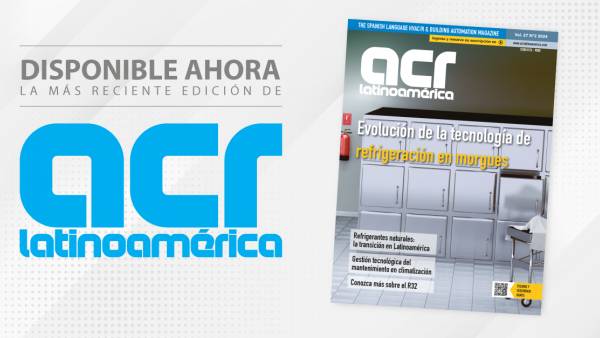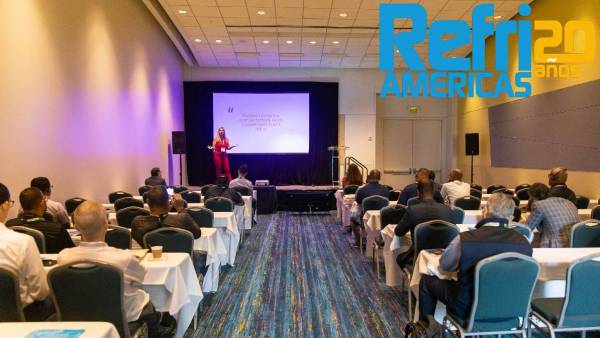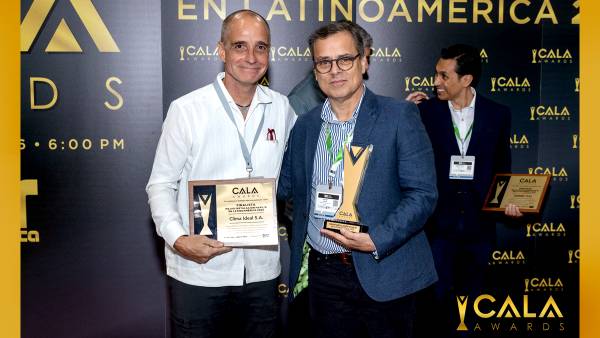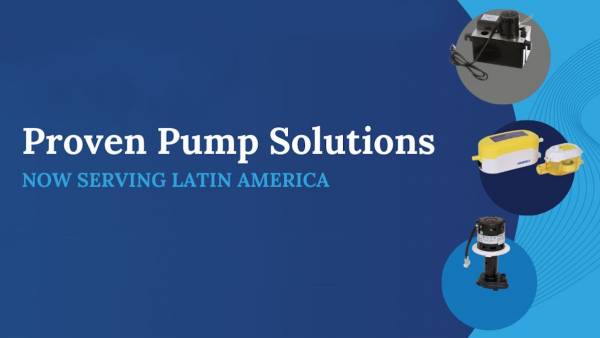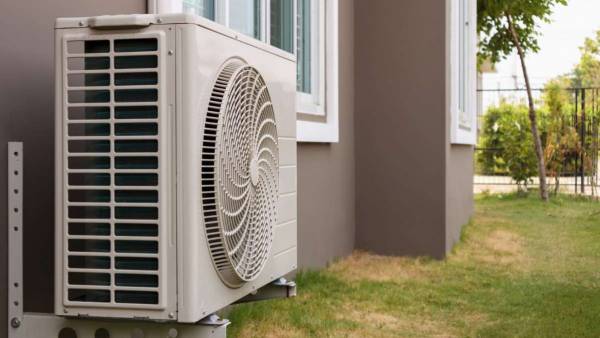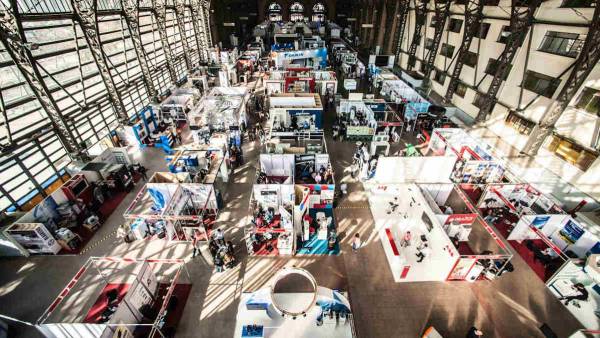
The temperature that must prevail in the preparation of butter is in the area of 8 and 15º C. As the temperature increases, the rate of water in the butter increases. As this water has its origin in the plasma of the cream, it also increases the content of degreased dry extract of the butter, graph No.1.

As the number of revolutions of the rotor of the butter cylinder increases, so does the water rate and the degreased dry extract content of the butter. Within limited margins, raising the number of revolutions can increase the performance of the butter machine without deteriorating the result of the butter processing process. However, exceeding these limits worsens the degree of shake (the degree of shake is the percentage of the total fat of the cream that is transformed into butter).
By increasing the fat content of the cream, it improves the course of the butter-making process. The cream containing more fat can be beaten with identical results at a lower temperature or with a relatively low number of revolutions of the rotor of the beating cylinder.
The amount of cream that reaches the shake cylinder significantly influences the course of the process. An increase in the amount of cream to beat acts as the decrease in the number of revolutions with cream with invariable fat content. Conversely, the decrease in the amount of cream has consequences similar to the increase in the number of revolutions. It initially causes a progressive elevation of the butter's water rate, which becomes higher as the amount decreases.
Unfortunately, the above factors can only be exploited within certain limits in the manufacture of butter, exceeding these limits impairs the degree of beating. This manifests itself in a noticeable increase in the fat content of buttermilk. The various influences are closely related to each other. For this reason, the establishment of an optimal working regime depends to a large extent on the determination of the influence of the variables of the butter process referring to the specific facilities in question and to the cream to be transformed, graph No. 2.

Another phase of the production of the butter process in continuous butter processing establishments is the separation of butter whey. The separation into rotating drums seems to be the best among all known procedures. During separation, a greater agglomeration of the butter grains originates, while they can be cooled and washed simultaneously. As a result of the very good degree of separation of butter grains from the buttermilk of the butter, butter machines with rotating sieves can be used as the most suitable facilities for making butter from fully acidified cream. In butter establishments with other types of separators of the mazada. Production encounters greater or lesser difficulties due to the variable viscosity of butter serum.
The butter dough separated from the whey is kneaded and homogenized in the cylinders for the purpose of the butter establishment. The great mechanical work in concept of friction force, requires a considerable contribution of energy and motivates the heating of the butter. For this reason, the kneading cylinders of the butter installation are cooled. In the kneading cylinder, the aqueous component that carries with it the butter dough as a result of the beating of the butter (original butter water) is distributed. The measured supply of water with the help of the dosing pump serves to standardize the water content. The complete distribution of water in butter is a price requirement for its preservation capacity. In this respect, continuously manufactured butter exhibits much better characteristics than butter from butter from periodicly operated butter facilities.
A good water quality, and in particular a minimum content of heavy metals, is understood to be a price requirement for proper manufacture of this article. To determine the water rate of butter serves the aquatometer, which in most cases is constructed according to the principle of measuring the dielectric cons-tante. It is used as a measuring instrument or as an automatic regulation piece of the device responsible for standardizing the water rate of the butter, usually placed in the mouth section of the kneader.
Butter contains 4-5 Vol. % air when leaving the facility in which it was prepared. The air enters the butter in the smoothie and during the preparation of it. Eliminating the air improves the preservation capacity of the product, while facilitating the molding of the butter in the weights standardized in this regard. For this reason, butter installations have so-called vacuum mixers. Butter kneaded and with an air content of less than 1% is then transported in the usual way to the automatic modelling and wrapping machines.

As the most modern system in this field, the beating machine and the automatic wrapper are used, an additional device is available that serves as a hermetically closed container for the intermediate treatment of the butter, in which it is kneaded in a homogenized vacuum and transported by a system of conduction of hermetically closed tubes to the hermetic packaging machine. This system called "Vaculator", guarantees:
Complete closure of the entire butter processing system. Reducing the amount of air contained in the butter. An easy diversion of the butter stream to the respective packaging machines. The appropriate weight of the wrapped butter pieces. According to information from the manufacturer, also a better unctuousness of the butter.In view of the results obtained, the inclusion of the abovementioned system in the manufacture of butter can be considered very desirable. And we must expect even wider use in the continuous manufacture of butter.
The method hitherto used in Europe – the so-called cooling in frozen refrigerated tanks – is ineffective as a result of poor caloric conductivity, and, as far as the butter's preservation capacity is concerned, often insufficient. A suitable procedure that must proceed to the deposit for a long time of butter in small containers, is the freezing by contact of the butter. After being treated in such a way, it is packaged in boxes and stored in refrigeration or freezing tanks.
Storage of Frozen Butter and Cream
Milk production, and with it also milk fat production, are subject to seasonal fluctuations. Hence a part of the milk fat from summer overproduction is saved for the winter, in whose season the consumption of milk fat is greater than that of its production. Butter is most often stored. However, frozen cream or dehydrated milk fat is also stored. The principle of long-term storage is to store at low temperatures those of refrigerated or frozen warehouses, in which the reactions that cause the alteration of the article run much slower. Chemical and biochemical reactions are not completely suspended. They are only noticeably delayed.
Hence, also in the prolonged deposit of products and raw materials, there must be a decrease in quality. Proper storage should ensure that such a loss of quality is as low as possible. The preservation capacity of semi-prepared products and articles based on milk fat is, at a given temperature, all the lower the more water the product contains. This also applies to temperatures where water (the liquid phase) freezes. Therefore, the preservation capacity of frozen cream is lower than that of butter, and this in turn has less conservation capacity than dehydrated milk fat.
A technical-organizational system for the storage of cream and butter production has been created that allows the standardization of the butter produced over the course of one year. The summer cream with a high iodine index in its fat and high content of biologically active substances with a fatty character is frozen between refrigerated plates, either directly or in polyethylene bags. The frozen cream is deposited in warehouses with a frozen environment at -20º C.
Before thawing, the frozen cream plates are chopped. Even being very careful the thawing occurs in this operation alterations of the colloidal characteristics of the cream. As a consequence of such alterations and modifications of the chemical composition, butter of satisfactory quality can only be made from a mixture of fresh cream and cream stored in the ratio of 7:3 to 6:4, the exposed method provides superior quality cream.
Butter storage is the most common method of storing milk fat for long periods. Butter is often deposited in blocks of 25 kg, for which the storage temperature of this product is normalised.
Butter with Storage Capacity
Only very good quality butter meets the requirements for a minimum of the loss of quality during the deposit, in this respect they are important:
Organoleptic characters
Only butter with good sensory characteristics (consistency, etc.) can be stored. Butter with a very pronounced flavor and aroma, made from very acidified cream, is inadequate.
Microbiological quality
With regard to the deposit it is necessary that the butter does not contain mainly aerobic microflora and molds that generate oxidative, lipolyptic and proteolytic enzymes. There should also be no microbial enzymes in butter.
Chemical quality
In this field, influences that contribute to the oxidative and hydrolytic decomposition of milk fat will be avoided, especially aiming to achieve:
Unoxidized milk fat. Minimum content of heavy metals.Plasma acidity
As an acidity <4.6 increases the oxidative action of heavy metals, butter will be stored with a plasma acidity up to pH 5.0.
The storage of butter in blocks has some serious drawbacks, in addition to the increased need for labor required for the manufacture of the blocks and their complex handling. the impossibility of rapid cooling of the block in total constitutes a deficiency. Hence, when the cooling is slow, especially in butter with high temperature (prescribed temperature: +5º C), there is a considerable decrease in quality already in the first stage of the deposit.
A second important drawback is the need to melt the stored butter and form it in containers for bulk consumption. Although this phase is given great attention and there are satisfactory facilities for the recasting of butter, this operation always has a negative effect on the next progress of product quality.
In the remelting of the butter, the butter dough is saturated with oxygen and microorganisms are spread from a nutrient-poor medium contained in another medium with sufficient nutrients.
Storage of butter in bulk container. The drawbacks described in the deposit of butter in blocks are largely avoided by storing the butter in portions for retail consumption. (pieces of 125 g, 250 g and 500 g) wrapped in boxes.
This system requires a technical solution that prevents the formation of condensates and ice on the pieces of butter in the thawing.
This problem has been satisfactorily solved in Europe where the tempering (soft thawing) of the butter in bulk container placed in boxes of 10 kg. on wooden trays is carried out so that between them run channels for the air responsible for carrying out the tempering.
This operation is carried out in air conditioning chambers with dry air at +13º C so that, as a result, the butter reaches a temperature of +5º C.

